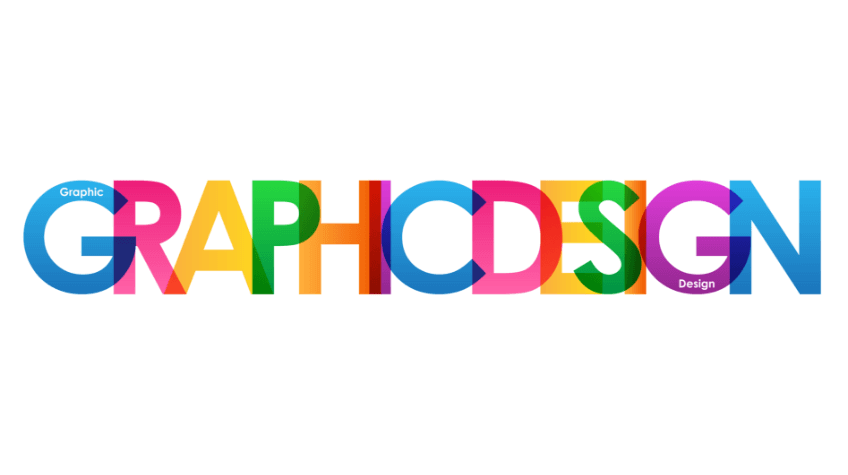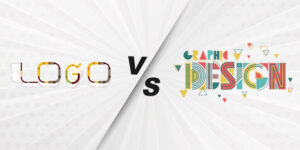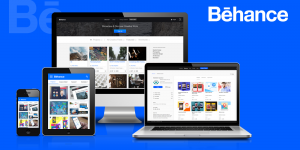
You’d think people, especially your clients, have stopped judging a book by its cover by now. However, your target audience may be paying more attention to how your product looks than you do, which is a pretty undesirable situation to be in. Every time they visit your site, they take note of your brand’s visual presentation and design.
Ultimately, each day that you spend without addressing this very critical issue marks another day that you could potentially lose thousands of dollars as a result of all these cancelled purchases.
In Comes Graphic Design
Most people will need the help of a graphic designer of some sort to fix their design issues, and by all means get one if you need them. A design agency will have the added advantage of being a team whose pool of expertise will likely reflect on the quality of design you’ll end up with. So get searching; trying to find a design agency in Brighton or near your area shouldn’t be that hard.
In this article, you’ll learn some ways that your web designs can become a major hindrance to your business.
1. Not Adequately Targeting Your Audience
You couldn’t design for everybody if you tried. You’re designing for a precise and very focused customer base. The minute you try to create an all-encompassing design is the minute you start doing the very opposite of what you’re trying to achieve. You’re going to lose a lot of clients as a result of your lack of focus.
Designing ads for a specific audience couldn’t be stressed enough. Identify who you’re trying to reach, where they live, and what their habits and general behaviour are. Use this to create a design that fits their personality, what they like, and, most importantly, how they must probably make their decision to buy.
Of course, you’re a new business, and you might be unsure how to go about this. But don’t worry about it. There are big brands in your industry doing the homework for you. Sit down with your team and find out the biggest players in the same industry as you. After that, all you have to do is watch how they’re doing it and how they’re targeting their audience because you’re probably targeting the same people.
Use what they have and after you’re done using it, identify your specific advantage as a small brand as opposed to a big company and leverage that as well. Your aim at the end of the day is to design to win.
2. Lack Of Visual Identity
Over time, what’s going to be one of your greatest assets is your visual and brand identity. When people see your marketing materials or products, what image comes into their mind? What does your branding evoke in your potential clients? Because at the end of the day, this is a game of emotions. The one who can paint and evoke the strongest emotion in the potential client wins. and you must aim to do this with precision. It’s not something that you end up having by accident. It must be an intentional and deliberate goal for the process from the start.
Therefore, ask yourself, is your design paying extra attention to the image you’re aiming for, for your brand? If you’re looking for the right design template for your company, don’t limit yourself to your industry; instead, look for a flat design anywhere and then customise it. You can’t ever go wrong with good research.
3. Imitation
Of course, everyone is going to be inspired by something, and almost every idea you’ll have comes from somewhere—you saw something, liked it, and customised it.
The keyword here is customised. What you shouldn’t be doing is visiting all your competitors’ websites or any other materials and directly extracting anything and using it for your business. No matter what you choose to dress it as, but that’s simply plagiarism, and your business will sooner or later pay the price. Even if you’re not taken to court over the infringement, your brand will suffer from the portrayal as being unethical.
4. Choosing The Wrong Colours And Fonts
You might expect your design to fail as a result of more serious things like overall poor visuals, confused messaging, overcrowding, etc., but it’s more likely that it’s failing because of simple things like a poor choice of colour and font.

You’ve heard ‘use contrasting colours’ over and over, but did you know that colours can be too contrasting and that using colours that contrast too much can be too stressful to the eyes and turn off your potential clients? So aim for moderation and make sure that the text on your website isn’t overshadowed by the background.
Similarly, avoid getting too creative with your font choices. Unless it’s a well-researched decision, you want to stay away from overly dramatic fonts and opt for safer font choices.
5. Extremely Busy Designs
This one is a common mistake, but you should try to avoid it at all costs. What you’re aiming for is a clean and easy-to-process design, which is very effective in whatever clear goal you must have at the same time.
Before you start any designing at all, figure out what your clients need to know. This will help you know when you’re potentially overcrowding your website. Where you need to put all the information without exception, then don’t worry. It might just be an issue of strategic positioning so that in the end, even when you have put in a lot of information, it wouldn’t look overcrowded at all. Use your discretion and get a second opinion as you think about this.
Bottom Line
Think of your design as one of your lead salespeople. The design does most of the selling while you sleep. Alternatively, if it’s not a good design, it can do the opposite. It can kill your chances of getting sales on the market. So if you haven’t been paying close attention to your design, now is the time to start identifying your specific weaknesses and addressing them one by one. Tell your designers that your site is well optimised for conversion.






